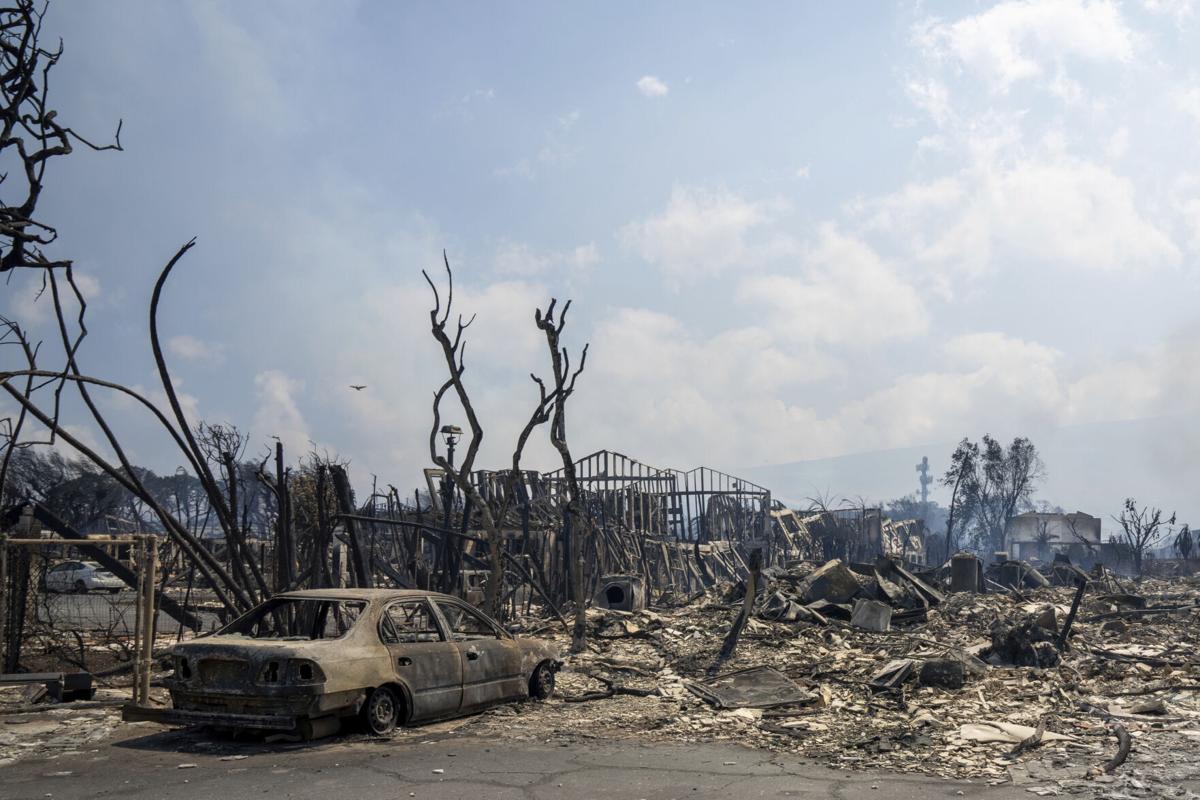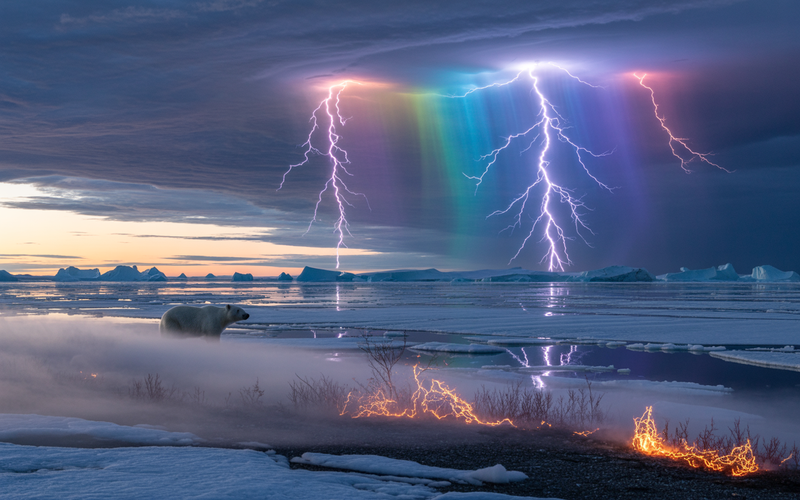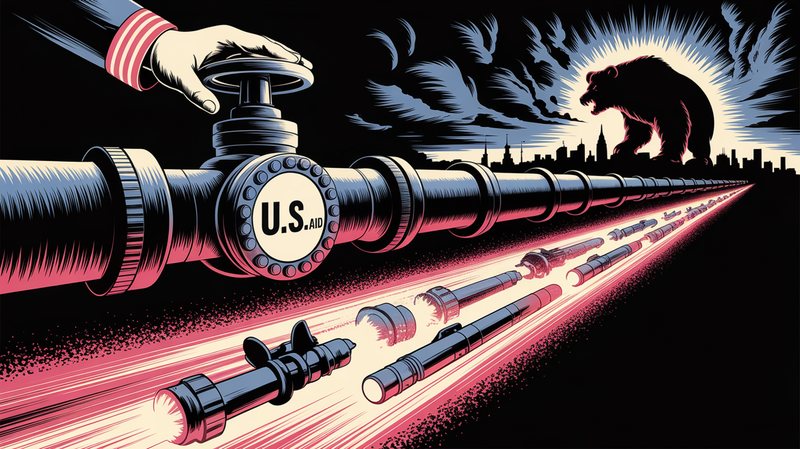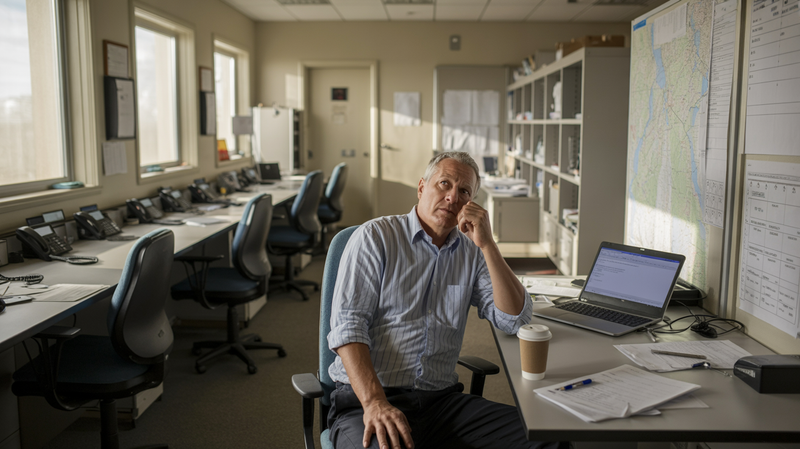Maui's Wildfires: The Catastrophe That Brought an Island to its Knees
Death Toll Surpasses a Century-Old Record Maui, a tropical paradise known for its picturesque beaches and vibrant culture, has been ravaged by wildfires, with the death toll now standing at 93, making it the deadliest U.S. wildfire in over a century. An estimated 2,200 structures, mostly residential, have

Death Toll Surpasses a Century-Old Record
Maui, a tropical paradise known for its picturesque beaches and vibrant culture, has been ravaged by wildfires, with the death toll now standing at 93, making it the deadliest U.S. wildfire in over a century. An estimated 2,200 structures, mostly residential, have been either destroyed or significantly damaged. The cost of this devastation is approaching $6 billion, making it the second costliest disaster in Hawaii's history, second only to 1992's Hurricane Iniki.
Causes and Complications
The National Weather Service points to Hurricane Dora, which passed south of the Hawaiian islands, as a factor behind the strong winds that exacerbated the wildfires. These winds caused power outages and grounded firefighting helicopters, making containment efforts even more challenging. The effects of this catastrophe can be seen in the historic town of Lahaina, which now stands destroyed, bearing the scars of the devastating fires.
Concerns Over Preparedness
Questions regarding preparedness and early warnings have risen to the forefront. Sen. Mazie Hirono, after surveying the affected areas, expressed concerns about the absence of warning sirens. The Hawaiian Attorney General has since initiated a review into the decision-making processes leading up to and during the disaster. Despite the intensity and rapid spread of the fires, there were no early warnings for the residents, leading to hasty evacuations, with many abandoning their vehicles and seeking refuge in the ocean.
Response and Recovery Efforts
The Federal Emergency Management Agency (FEMA) has been on the ground, marking structures that have been checked and those that potentially still hold human remains. As the death toll is expected to rise, there are growing concerns about how to accommodate the victims with limited facilities available on the island.
Efforts to assist the displaced are underway, with 500 hotel rooms being reserved for the locals and another 500 for FEMA personnel. Gov. Josh Green has also expressed interest in collaborating with Airbnb to ensure that rental homes are available for those affected, with a vision of offering three- to nine-month rentals.
Water Contamination and Health Risks
After the destruction of several water pipes by the wildfires, residents in Kula have been warned against drinking tap water and are advised to take only short, lukewarm showers. However, experts recommend refraining from using the water at all due to potential contamination from the fires.
Conclusion
The Maui wildfires have brought to light the vulnerabilities of even the most picturesque locations to natural disasters. The tragedy underscores the need for enhanced preparedness, early warning systems, and infrastructure resilience. As the island begins its long road to recovery, the lessons from this disaster will be crucial for future prevention and response strategies.




